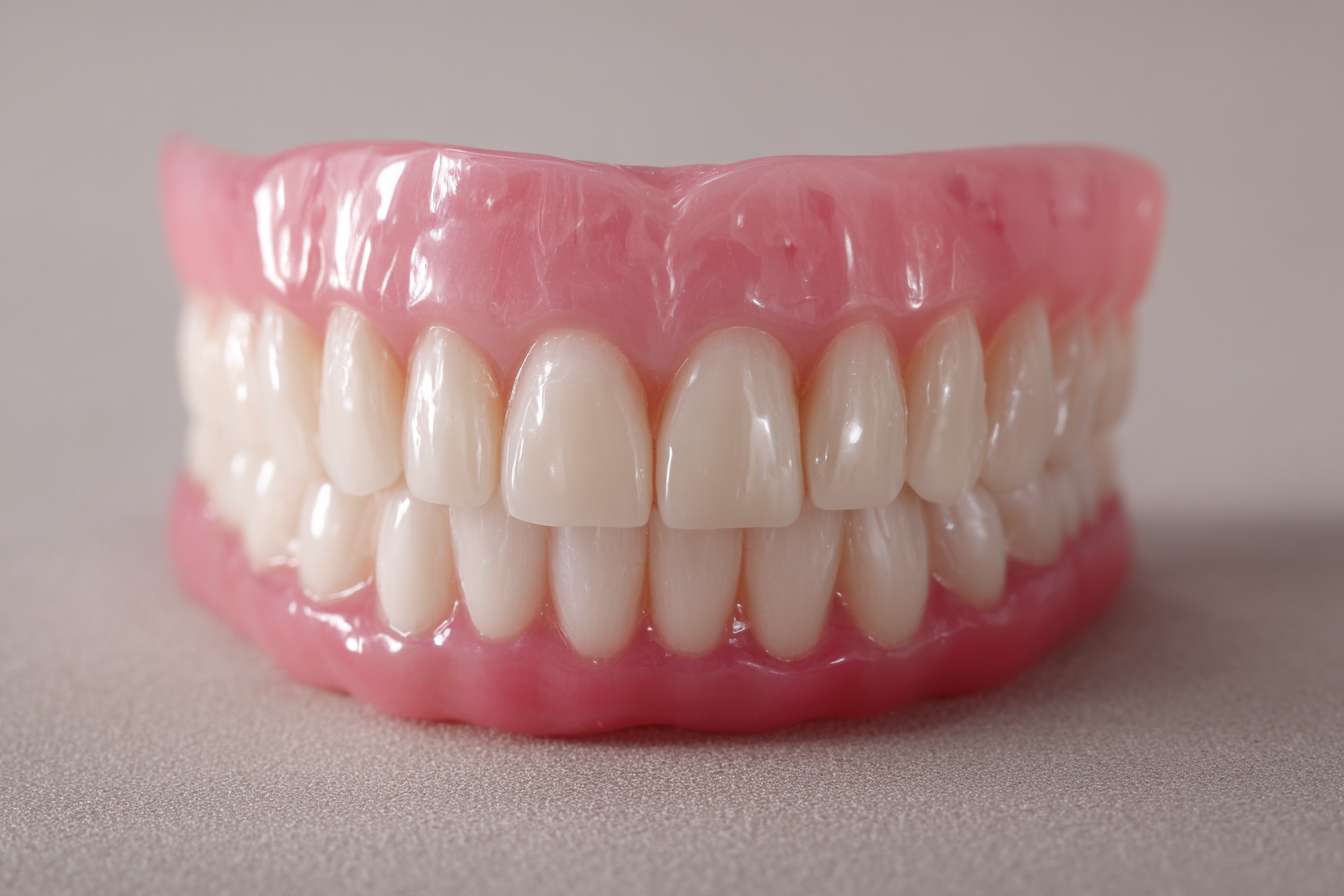Exploring Dentures: Types, Benefits, and Considerations
Dentures have been a reliable solution for tooth loss for centuries, providing millions of people with restored smiles and improved oral function. As dental technology advances, the options for dentures continue to expand, offering patients more comfortable and natural-looking alternatives. This article will delve into the world of dentures, exploring different types, their benefits, and important considerations for those considering this dental prosthetic.

There are two main categories of dentures: complete dentures, which replace all teeth in the upper or lower jaw, and partial dentures, which fill in gaps where some natural teeth remain. The type of denture prescribed depends on the individual’s specific needs and the condition of their remaining teeth and gums.
How do traditional dentures compare to modern alternatives?
Traditional dentures have been the standard for tooth replacement for many years. These prosthetics consist of a plastic base that mimics gum tissue, supporting a set of artificial teeth. While effective, traditional dentures can sometimes be uncomfortable or unstable, leading to issues with speaking and eating.
In recent years, advancements in dental technology have introduced more modern alternatives:
-
Implant-supported dentures: These dentures are anchored to dental implants surgically placed in the jawbone, providing superior stability and preventing bone loss.
-
Flexible dentures: Made from a pliable material, these dentures are more comfortable and less likely to cause irritation or soreness.
-
Digital dentures: Created using 3D printing technology, these dentures offer a more precise fit and can be easily reproduced if lost or damaged.
Modern alternatives often provide better fit, comfort, and functionality compared to traditional dentures, but they may come with a higher price tag.
What are the advantages of invisible dentures?
Invisible dentures, also known as clear dentures or translucent dentures, are a relatively new innovation in the field of prosthodontics. These dentures are designed to be less noticeable and more aesthetically pleasing than traditional dentures. Some advantages of invisible dentures include:
-
Enhanced aesthetics: The clear or translucent base blends more naturally with the patient’s gum tissue, making the dentures less obvious.
-
Improved confidence: Wearers often feel more self-assured knowing their dentures are less noticeable.
-
Customization: Invisible dentures can be tinted to match the patient’s natural gum color for an even more seamless appearance.
-
Durability: Many invisible dentures are made from high-quality materials that are resistant to staining and wear.
While invisible dentures offer aesthetic benefits, it’s important to note that they may not be suitable for all patients and can be more expensive than traditional options.
How do dentures affect oral health and daily life?
Dentures can significantly improve a person’s quality of life by restoring their ability to eat, speak, and smile confidently. However, they also require some adjustment and maintenance:
-
Eating: Initially, patients may need to stick to softer foods and gradually introduce harder textures as they become more comfortable with their dentures.
-
Speaking: Some individuals may experience temporary speech changes, but this usually improves with practice.
-
Oral hygiene: Dentures require daily cleaning and proper storage to prevent bacterial growth and maintain oral health.
-
Regular check-ups: Dental visits are essential to ensure the dentures fit properly and to monitor overall oral health.
-
Bone loss: Without natural teeth to stimulate the jawbone, some bone loss may occur over time, potentially affecting the fit of the dentures.
What are the costs associated with different types of dentures?
The cost of dentures can vary significantly depending on the type, materials used, and the complexity of the individual case. Here’s a general overview of denture costs:
| Type of Denture | Average Cost Range | Additional Considerations |
|---|---|---|
| Traditional Complete Dentures | $1,000 - $3,000 per arch | May need replacement every 5-7 years |
| Partial Dentures | $700 - $1,800 | Depends on the number of teeth replaced |
| Implant-Supported Dentures | $7,000 - $90,000 | Includes cost of implants and surgery |
| Invisible Dentures | $2,000 - $4,000 per arch | Higher-quality materials increase cost |
| Immediate Dentures | $1,500 - $3,500 per arch | May require adjustments as gums heal |
Prices, rates, or cost estimates mentioned in this article are based on the latest available information but may change over time. Independent research is advised before making financial decisions.
It’s important to note that while some options may seem more expensive initially, they could prove more cost-effective in the long run due to durability and reduced need for replacements or adjustments.
How to choose the right dentures for your needs?
Selecting the appropriate type of dentures depends on various factors, including:
-
Overall oral health and the condition of remaining teeth
-
Budget constraints
-
Aesthetic preferences
-
Lifestyle considerations
-
Long-term oral health goals
Consulting with a dentist or prosthodontist is crucial in making an informed decision. They can assess your individual needs, discuss the pros and cons of different options, and recommend the most suitable solution for your specific case.
In conclusion, dentures remain a valuable solution for tooth loss, with options ranging from traditional to more advanced alternatives like invisible or implant-supported dentures. By understanding the various types available, their benefits, and associated costs, individuals can make informed decisions about their dental health and choose the option that best suits their needs and lifestyle.
This article is for informational purposes only and should not be considered medical advice. Please consult a qualified healthcare professional for personalized guidance and treatment.






